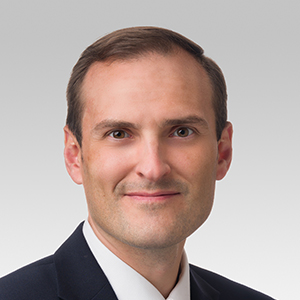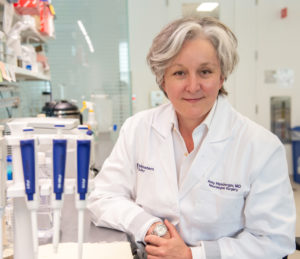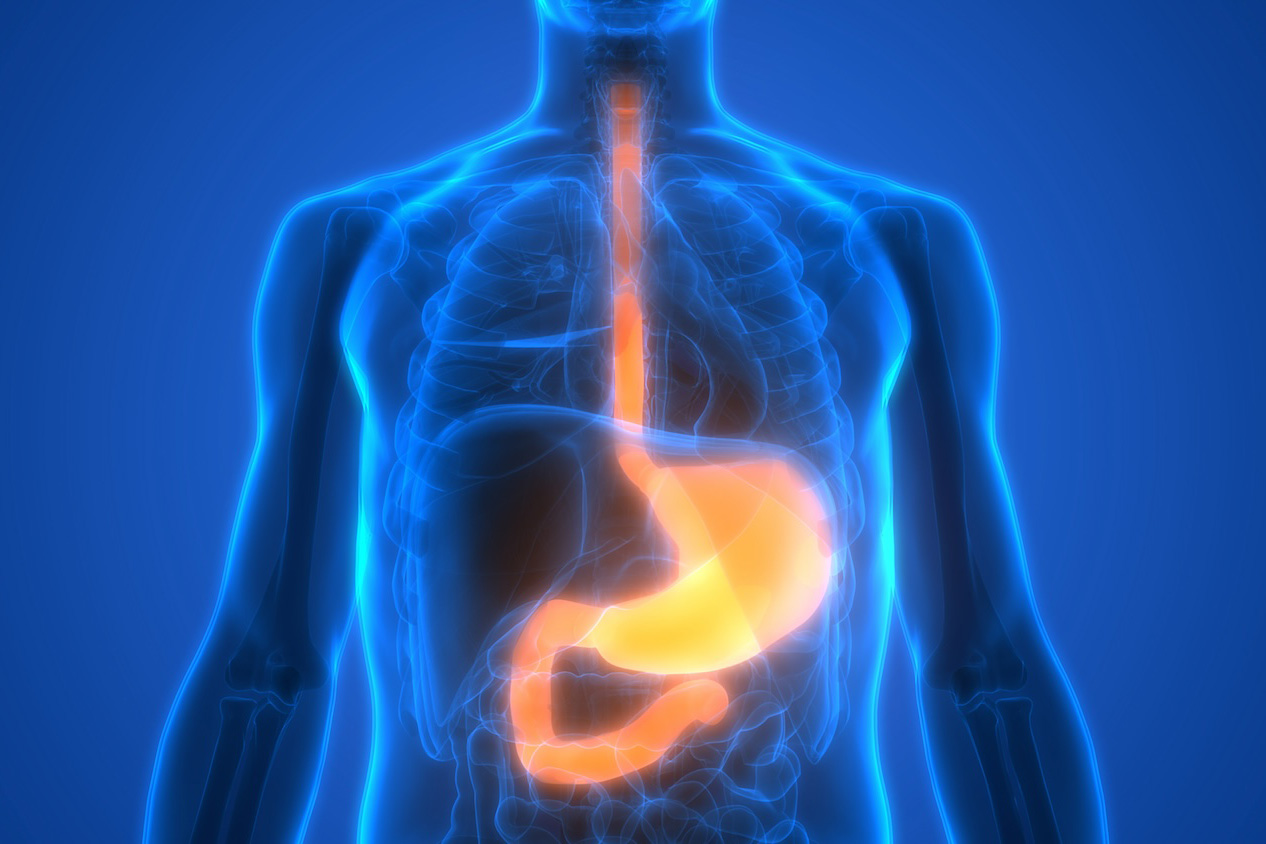
Northwestern Medicine investigators have discovered that targeting a protein called TIM3 may increase survival compared to current immunotherapies in pediatric brain cancers.
The findings in mouse models of low-grade astrocytoma were published in the Journal of Clinical Investigation and highlight a new therapeutic target for treating children with these tumors who have exhausted all other treatment options.

“This study lays the translational groundwork for a clinical trial of anti-TIM3 therapy in pediatric patients with pilocytic astrocytoma who are in dire need of therapeutic strategies,” said Michael DeCuypere, MD, PhD, assistant professor of Neurological Surgery in the Division of Pediatric Neurological Surgery and co-senior author of the study.
Amy Heimberger, MD, PhD, the Jean Malnati Miller Professor of Brain Tumor Research and vice chair for Research in the Department of Neurological Surgery, was also a co-senior author of the study.
Pilocytic astrocytoma is a low-grade brain tumor, or glioma, that originates from astrocytes, a type of glial cell that supports the central nervous system. It is the most common type of brain tumor in children and most tumors can be surgically resected, which has shown a 10-year survival rate of 90 percent.
Patients with tumors in areas of the brain that can’t be accessed with surgery are in urgent need of alternative treatment options in addition to standard chemotherapy and radiation, according to DeCypere.
“This is a disease where stability of the tumor is defined as success,” DeCuypere said. “We’re not able to eliminate these tumors with either chemotherapy or radiation.”
Better therapies, according to DeCuypere, include new precision medicine strategies, as repurposing current immunotherapies traditionally given to adult patients in these pediatric patients has been historically unsuccessful.
In the current study, the investigators developed and analyzed novel pediatric glioma models using a combination of techniques, including whole transcriptome sequencing, single-cell sequencing and sequential multiplex immunofluorescence, to identify new therapeutic targets in pilocytic astrocytoma tumors.

The investigators discovered that gliomas driven by MAPK – a cytokine that supports intercellular communication and cell proliferation and differentiation – are more likely to be pro-inflammatory as shown by increased activity of interferon, a signaling protein produced by immune cells that support the body’s immune system in fighting cancer.
Single-cell sequencing also revealed a cytotoxic population of microglia – specialized immune cells (myeloid cells) in the central nervous system – in the low-grade pilocytic astrocytoma tumors, but not in high-grade tumors or healthy brain tissue.
The scientists also found that the TIM3 protein was highly expressed in myeloid cells lining the tumor’s blood vasculature. TIM3 has previously been known to be involved in T-cell inhibition. However, the current findings suggest that TIM3 modulates specific types of microglia, according to the authors.
“In the high-grade tumors, the T-cells are exhausted and can’t be reinvigorated with standard immunotherapy. However, in the low-grade tumors, the T-cells are not exhausted to the same degree and there is baseline immune reactivity by the interferon signature,” said Shashwat Tripathi, a student in the Medical Scientist Training Program (MSTP) and lead author of the study.
Next, the investigators treated mouse models of MAPK-driven low-grade gliomas with an anti-TIM3 therapy, which prolonged survival in the mice compared to mice given IgG and anti-PD1 therapies.

“With anti-TIM3, we can induce the microglia to assume these killer activities, something not previously described for these cells in the context of cancer,” Tripathi said.
Moving forward, the investigators aim to test anti-TIM3 in clinical trials of pediatric low-grade MAPK-driven gliomas.
“We would like to move this directly into a clinical trial with kids who have failed standard therapies and even more modern targeted therapies here at Lurie Children’s Hospital and Northwestern,” DeCuypere said.
Co-authors include Corey Dussold and Ruochen Du, students in the Driskill Graduate Program in Life Sciences (DGP); James Chandler, ’96 MD, ’96 GME, the Lavin/Fates Professor of Neurological Surgery; Rimas V Lukas, MD, associate professor of Neurology in the Division of Neuro-oncology; Roger Stupp, MD, the Paul C. Bucy Professor of Neurological Surgery and chief of Neuro-oncology in the Department of Neurology; Adam Sonabend, MD, assistant professor of Neurological Surgery; Craig Horbinski, MD, PhD, director of Neuropathology in the Department of Pathology; Sandi Lam, ‘98 MD, the Yeager Professor of Pediatric Neurosurgery and vice chair for Pediatric Neurological Surgery, Department of Neurological Surgery; and C. David James, PhD, professor emeritus of Neurological Surgery.
Heimberger, DeCuypere, Lukas, Stupp, Sonabend, Horbinski, Lam are members of the Robert H. Lurie Comprehensive Cancer Center of Northwestern University. Heimberger is also the scientific director of the Lou and Jean Malnati Brain Tumor Institute at Northwestern University.
This study was funded by the National Institute of Health grants CA120813, NS120547, P30CA060553 and P50CA221747; the Remission Alliance; the Charlie Teo Foundation; Sammy’s Superheroes Foundation; Robert Mosky; the Lou and Jean Malnati Brain Tumor Institute; and National Cancer Institute grant T32 CA009560.






